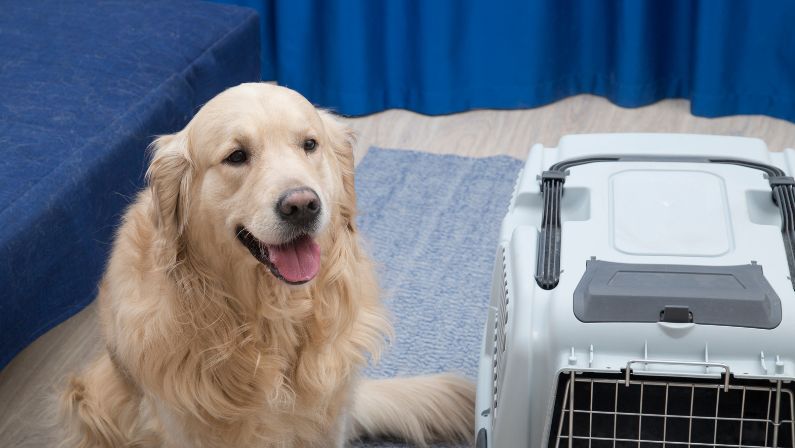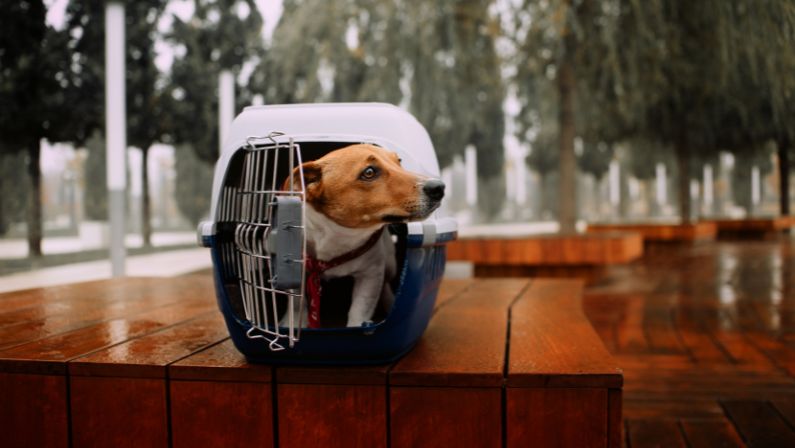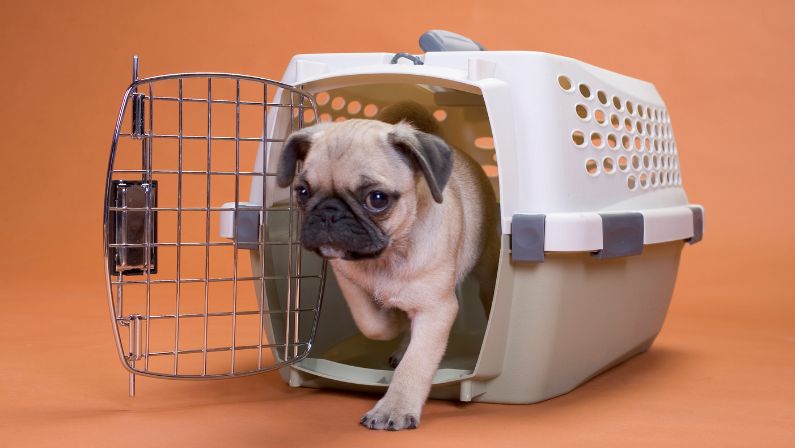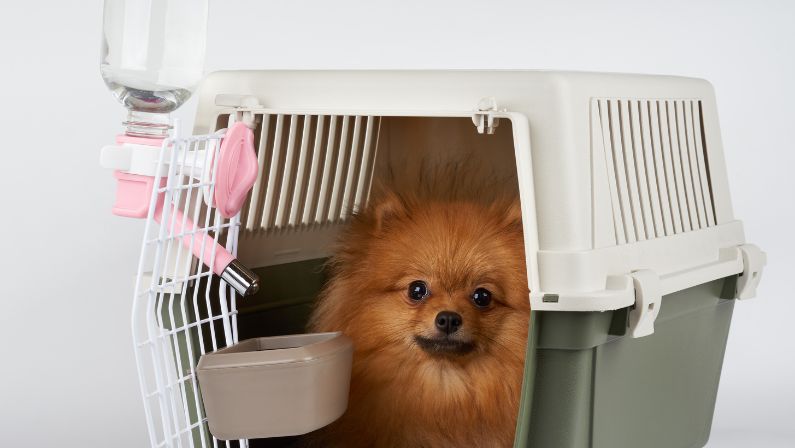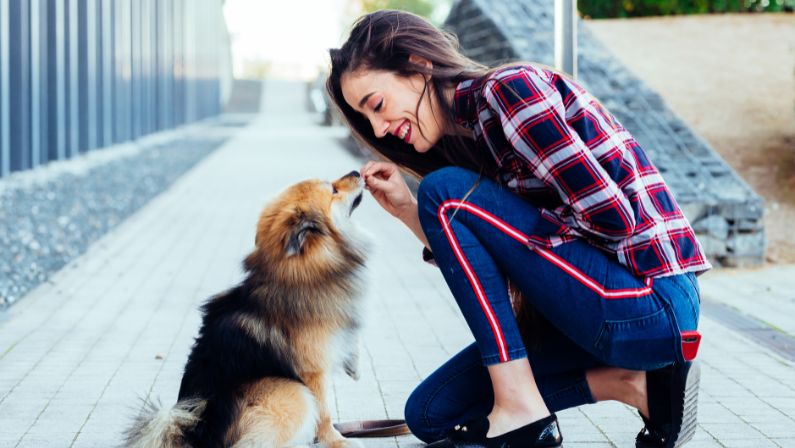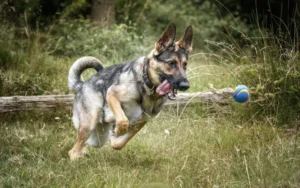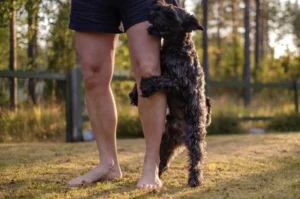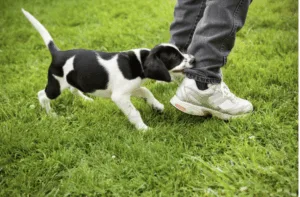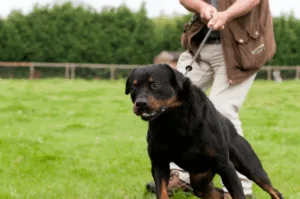Dog parenting is not an endeavor to be taken lightly. It involves understanding and meeting the needs of a whole other creature, who communicates in a different language. One effective method passionate dog owners have found to create discipline and maintain harmony at home is crate training. However, many people are still uninformed or unfamiliar with this concept.
Understanding Crate Training
Crate training primarily involves teaching your pup to view the crate as their safe, comfy den, where they can withdraw to for rest or relaxation. Contrary to popular belief, this method does not amount to locking up your dog as a punishment. When done correctly, the crate becomes a place of solace and security for your canines, mirroring the coziness of a den in the wild.
The Benefits of Crate Training
Crate training has several benefits for not only your dog but also you. Here are a few notable ones:
Safety and Security
For dogs, a crate serves as their own ‘personal room,’ where they can rest and feel secure. In case of emergencies, trained dogs may take refuge in their crates.
Housebreaking
Crates can be significantly helpful as a housebreaking tool, as dogs instinctively avoid soiling their sleeping spaces. Gradually, they develop a habit of eliminating outdoors or in designated areas.
Reduced Separation Anxiety
Well-trained dogs become comfortable being alone in their crates, which can help alleviate the symptoms of separation anxiety.
Travel Ease
Whether you’re taking a car ride or a flight, having a crate-trained dog can make the journey more manageable.
Minimizes Destruction
As your dog becomes comfortable in their crate, it can curtail any destructive behavior, especially when you’re not around.
How to Crate Train Your Dog Properly
Crate training should be approached gradually, with plentiful positivity and encouragement.
Choosing the Right Crate
The key to successful crate training is starting with the right crate. It should be big enough for your dog to easily stand, turn around, and stretch their body, but not too large that it could designate a separate corner for eliminating waste.
If your dog is still growing, consider getting a larger crate with dividers that can be adjusted as your dog grows. The crate should be well-ventilated and have secure latches. Plastic (often referred to as “flight kennels”) and metal mesh crates are fitting for starters, while soft-sided crates can be used for more trained dogs.
Introduce the Crate
You need to introduce the crate to your dog in a way that makes them view it as a positive place. Place it in a familiar, high-traffic area in your home such that your dog feels integrated and comfortable. Leave the door of the crate open so your dog can explore it freely.
Encourage interactions with the crate by adding soft, comfy bedding, and introducing toys or treats. Never force them inside. Instead, incentivize entry using a treat or toy and softly encourage them in a happy tone. This process may take days or weeks, each dog has their own pace of adaptation.
Feeding Meals in the Crate
An easy and effective way to create positive associations with the crate is by serving meals inside it. Start by placing their food bowl near the crate, and as your dog gets comfortable, gradually move the bowl inside, eventually at the far end of the crate. It’s an excellent method of associating a greatly enjoyed event, like meals, with the crate.
Gradual Increase in Crate Time
Post-feeding, try closing the crate door briefly. Stay nearby and gradually increase this duration as your dog gets more comfortable. Start with just a few minutes and work your way up to longer periods. If the dog shows signs of distress, decrease the time again and slowly build it up.
Throughout this process, the idea is to reinforce the perception of the crate as a relaxed, safe space.
Avoid Using the Crate as Punishment
Using the crate as a place of punishment contradicts the purpose of crate training. It’s intended to be a safe, comfortable den for your dog, not a place where they’re sent for doing something wrong. If you associate the crate with punishment, your dog will start fearing it and refuse to enter, making training difficult.
Nighttime Crating
Initially, it’s usually best to keep the crate in or near your bedroom, especially if your dog is a puppy. This arrangement helps reinforce bonding and the dog feels less isolated. It’s also easier to hear if your dog needs to go out during the night.
As your dog gets acclimated to the crate, you can gradually move it to the preferred spot in your home. Always ensure there’s a soft bed, and the environment is quiet and comfortable for undisturbed sleep.
Seek Professional Help or a Dog Trainer
Crate training can be challenging for some dog owners and their pups, but you don’t have to tackle the task alone. If you encounter difficulties, have concerns, or simply desire some extra guidance, consider seeking the help of a professional dog trainer.
Professional dog trainers have the necessary knowledge, experience, and resources to teach you and your dog the proper techniques while addressing any specific issues you might face. Trainers can provide personalized advice based on your dog’s breed, age, and temperament. They will help you effectively communicate with your dog, making crate training smoother for both of you.
Happy Crate Training!
Crate training is a potent tool in a dog owner’s toolkit but it requires patience. It’s not an overnight process and should never create anxiety or stress for your dog. If crate training is approached correctly, it can be a hugely beneficial and positive experience for both you and your beloved canine.
Remember that crate training should always be gradual, positive, and gentle, so that your dog will come to love and appreciate their crate. If you’re unsure about how to proceed or need some professional help, don’t hesitate to consult a dog trainer.
Unleash Your Dog’s Potential with K9 Mania Dog Training
Take your crate training and your bond with your dog to the next level with K9 Mania Dog Training. Our experienced trainers are dedicated to not only helping you master crate training but also addressing other important aspects of dog training, such as obedience, agility, and socialization.
At K9 Mania Dog Training, we believe every dog and owner can thrive by learning together, unlocking their full potential, and enhancing their relationship.
Ready to embark on this rewarding journey together? Book a consultation with K9 Mania Dog Training today and start building a more fulfilling life with your beloved canine companion.
Happy training!

